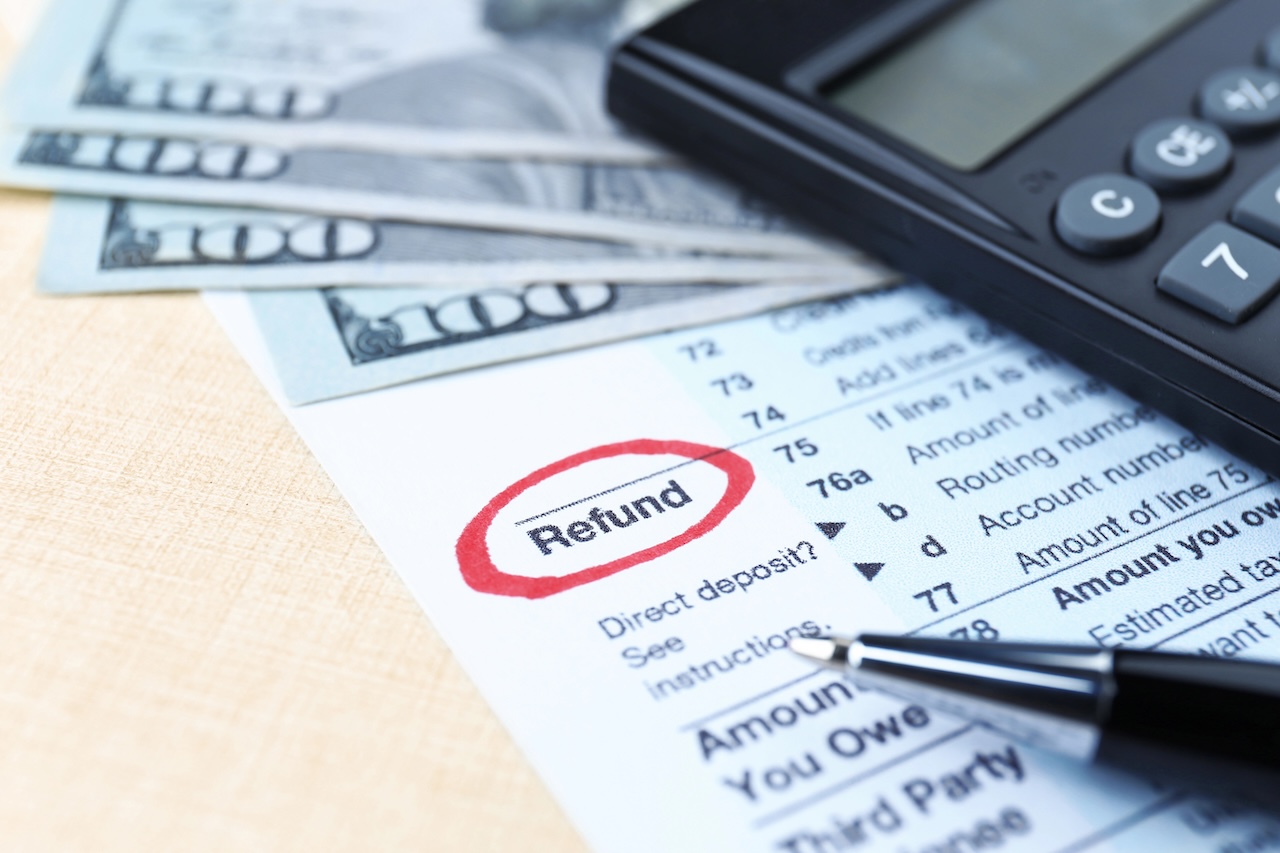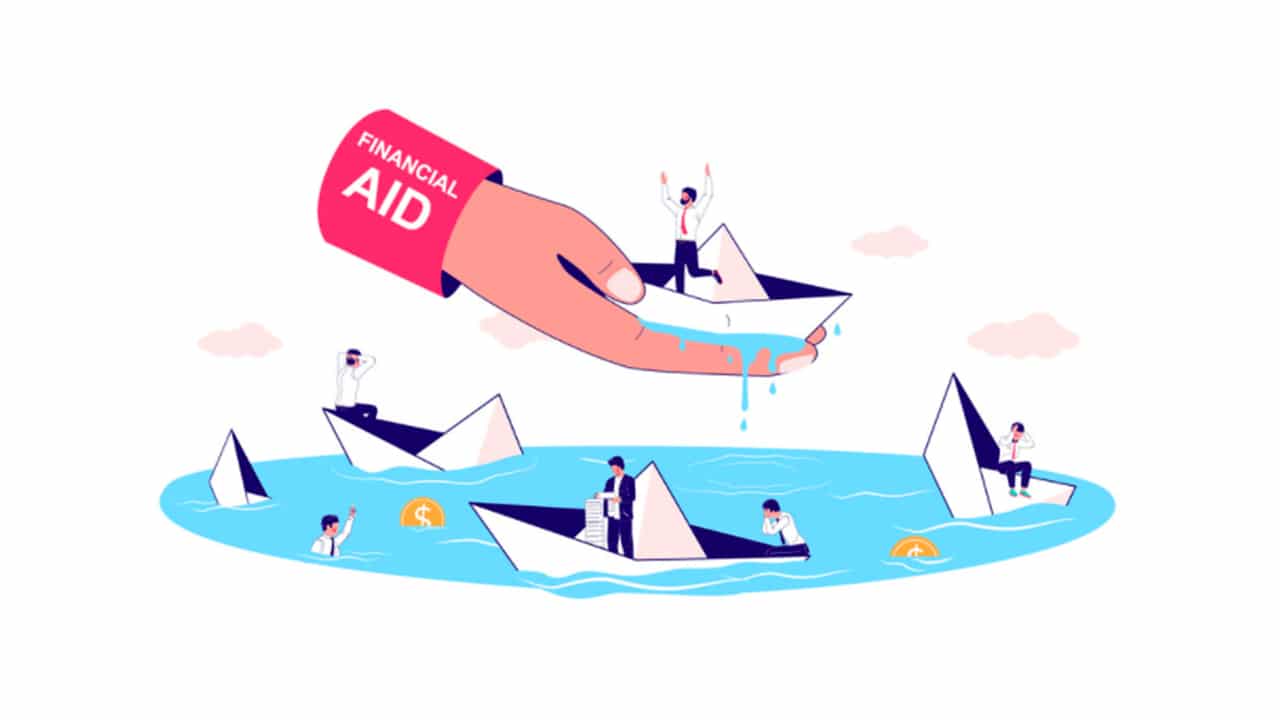In America, Debt-Free Life Is Possible


Given the rising cost of living, debt has become a reality for many people in America. Debt-free existence might sound like a pipe dream, but when you build a financial strategy and stick to it, you may be able to wipe out your debt in time.
What percentage of America is debt-free? The number may be lower than you think. Federal Reserve data shows that about 23% of Americans have no debt.
Striving to live without debt is admirable, but having debt isn’t automatically bad. For example, a mortgage is a significant debt, but you’re building equity in an asset that’s likely to appreciate over time. Owing $100,000 on a mortgage is considerably better for your finances than owing $100,000 in credit card debt.
If you’re wondering what percent of Americans have credit card debt, you might be surprised to hear that a Bankrate survey found that almost half of Americans carry a balance on their credit cards.
Is it possible to be debt-free in America? The answer is yes, but it takes determination. There’s no across-the-board solution to rapidly eliminate debt, but these strategies can help you work toward financial wellness.
“Create a budget” is one of the most common pieces of financial advice. However, before you can create a meaningful budget, you need to know where your money is going. Keep a detailed log of your spending for a month or two, and make sure to look at your credit or debit card statements so you catch every expense.
Once you get a feel for your spending habits, you can make adjustments. For instance, if you spend about $300 on dining out each month, you might choose to cut that amount to $150 and put the remaining $150 toward your existing debt.
Paying down your existing debt is essential. However, if you want to get (and stay) debt-free, you also need to avoid accumulating new debt. If you want to take advantage of credit card rewards, make a habit of paying your balance in full each month.
When it comes to paying off debt, many people choose one of two popular methods:
The avalanche method is the most mathematically efficient. However, the snowball method is often more motivating because paying off an entire balance creates a sense of accomplishment.
When you consolidate debt, you take out a loan and use it to pay your outstanding debts. You then pay off the loan. If you can find a consolidation loan with a much lower interest rate than your current debt, you’ll pay what you owe faster. You’ll also pay less over time.
Creating a debt strategy can be complicated. Sometimes, it helps to have some extra guidance. Debt relief companies can negotiate with your creditors to lower the total amount you owe. They’ll also help you learn healthy financial habits to avoid getting into more debt in the future.
When you’re paying off debt, small changes add up. Reducing expenses (even in the short term) can free up more money to pay toward outstanding balances. Look closely at recurring subscriptions and discretionary purchases and see where you can reduce your spending.
Even if you can’t dramatically increase income, you may be able to bring in a little extra each month. Picking up a few extra shifts at work, starting a side hustle, and even selling unneeded belongings online can all make a difference.
The stress of dealing with debt can be suffocating, especially if you’ve been wrestling with it for years. Some people attempt to deal with that stress by ignoring their debt and hoping it just goes away.
Regrettably, getting rid of debt isn’t that easy. If you stop paying debts, they’ll likely be sold to collection agencies. And it’s possible you could be sued for the money you owe.
Getting out of debt can be hard, but it’s not impossible. Many people look at their debt, become overwhelmed, and assume they’ll never be able to repay it. However, when you take a careful look at what you owe, formulate a plan, and seek out financial advice when you need it, you’ll be far more likely to join the ranks of debt-free Americans.
The content provided is intended for informational purposes only. Estimates or statements contained within may be based on prior results or from third parties. The views expressed in these materials are those of the author and may not reflect the view of National Debt Relief. We make no guarantees that the information contained on this site will be accurate or applicable and results may vary depending on individual situations. Contact a financial and/or tax professional regarding your specific financial and tax situation. Please visit our terms of service for full terms governing the use this site.

Tax refunds in early 2026 could be $1,000 to $2,000 larger for many households due to retroactive tax law changes....

Why does it feel like large companies always get the upper hand? Maybe it’s the long contracts with fine print,...

What can you do if you can’t afford college? Maybe the financial aid award wasn’t enough, or you only want...